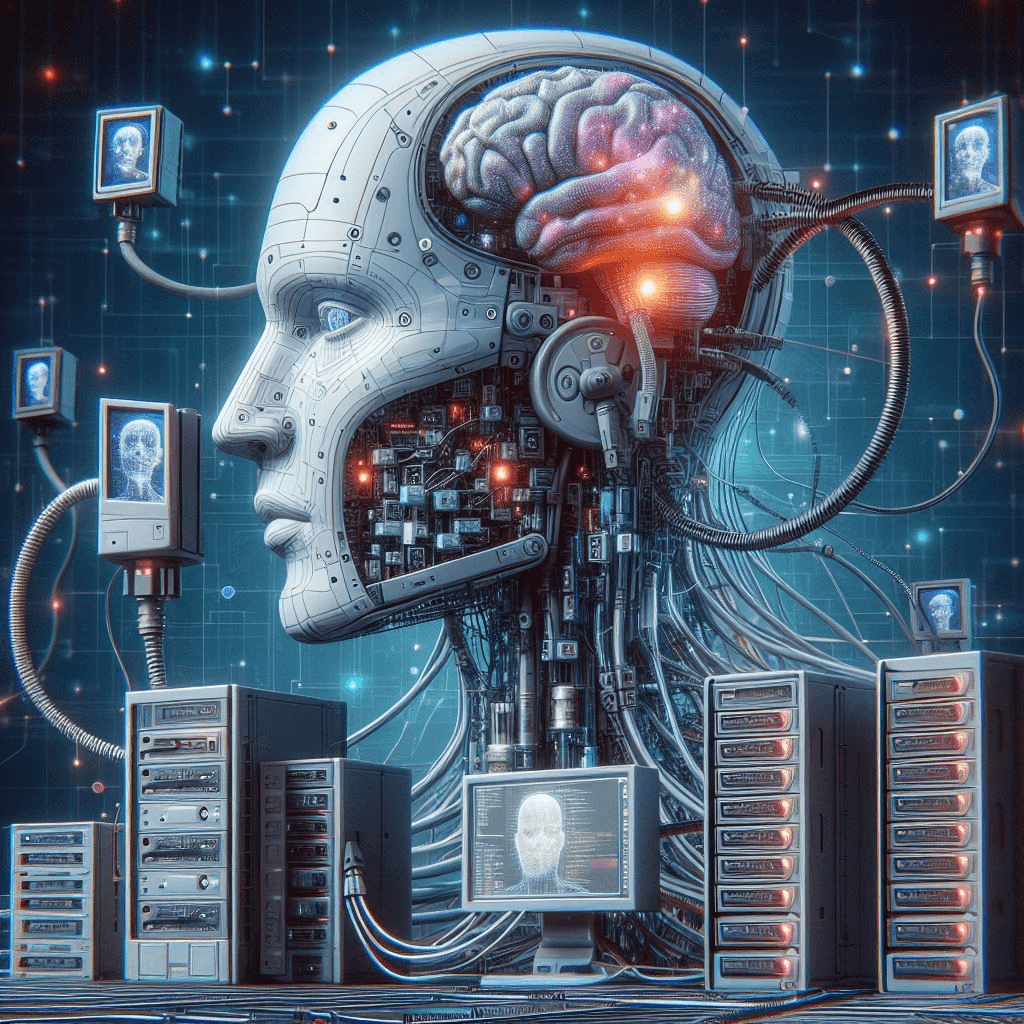Artificial intelligence (AI) is revolutionizing industries, bringing advancements in everything from healthcare to finance. But like any powerful tool, AI has a dark side. In the wrong hands, it can become a potent weapon for fraudsters, amplifying their reach and effectiveness. Here’s how AI poses a danger in the realm of fraud, and what we can do to mitigate the risk:
AI’s Arsenal of Deception:
- Deepfakes: Artificial intelligence (AI) can create hyper-realistic audio and video, making it possible to impersonate trusted individuals or fabricate compromising situations. Imagine a deepfake CEO authorizing a fraudulent transaction, or a fake news video swaying public opinion for financial gain.
- Social Engineering: Chatbots powered by AI can mimic human conversation patterns, building trust and manipulating victims into divulging sensitive information or clicking on malicious links.
- Pattern Recognition: AI can analyze vast datasets to identify vulnerabilities in systems and exploit them for fraudulent activities. This includes spotting weaknesses in security protocols or predicting spending patterns for targeted scams.
- Automated Attacks: AI can automate repetitive tasks involved in fraud, such as creating fake accounts, launching phishing campaigns, or bombarding systems with malicious requests. This significantly increases the scale and efficiency of fraudulent operations.
The Fight Against Artificial intelligence (AI)-powered Fraud:
- Building Robust AI Ethics: Developers and users of AI must prioritize ethical considerations, ensuring algorithms are fair, transparent, and not susceptible to bias. This includes robust data privacy measures and regular audits for potential vulnerabilities.
- Enhancing Detection Systems: Fraud detection systems need to evolve to keep pace with AI-powered attacks. This involves incorporating AI itself to learn and adapt, recognizing sophisticated patterns and anomalies that might escape traditional methods.
- User Awareness and Education: Educating individuals about the tactics used in AI-powered fraud is crucial. This includes recognizing deepfakes, being wary of unsolicited messages, and practicing strong cybersecurity hygiene.
- Collaboration and Regulation: Collaboration between governments, tech companies, and security experts is vital to share information, develop best practices, and implement effective regulations that address the evolving threat landscape.
Artificial intelligence (AI) is a powerful tool, but its potential for misuse cannot be ignored. By acknowledging the dangers, taking proactive measures, and fostering collective action, we can harness the benefits of AI responsibly and mitigate the risks it poses in the fight against fraud.
Here are some examples of how AI is being used for fraudulent purposes:


Deepfakes:
- CEO Fraud: A deepfake video of a company’s CEO is used to authorize a fraudulent wire transfer to a criminal’s account.
- Insurance Fraud: AI-generated fake medical images, such as X-rays or CT scans, are submitted to insurance companies to claim fraudulent payouts.
- Cyberblackmail: Deepfake videos or audio recordings are used to create compromising situations for individuals, threatening to release them unless a ransom is paid.
Social Engineering:
- Phishing Attacks: AI-powered chatbots engage in realistic conversations with victims, tricking them into revealing personal information or clicking on malicious links.
- Romance Scams: AI-generated profiles create fake online personas to build trust with victims and eventually deceive them into sending money or gifts.
Pattern Recognition:
- Credit Card Fraud: AI algorithms analyze large volumes of credit card transactions to identify patterns that indicate fraudulent activity, enabling criminals to target specific accounts for theft.
- Account Takeover: AI is used to predict passwords or answer security questions based on personal information gathered from social media, leading to unauthorized account access.
Automated Attacks:
- Synthetic Identity Fraud: AI generates fake identities, complete with credit histories and social media profiles, to open accounts and obtain loans or credit cards fraudulently.
- Distributed Denial-of-Service (DDoS) Attacks: AI-powered bots flood websites with traffic, overwhelming their servers and rendering them inaccessible.
These examples illustrate the diverse and growing threat of AI-powered fraud. It’s crucial to remain vigilant and take proactive steps to protect ourselves and our organizations from these evolving risks.
Remember, AI is not inherently good or bad. It’s up to us to shape its development and use it for the betterment of society.










